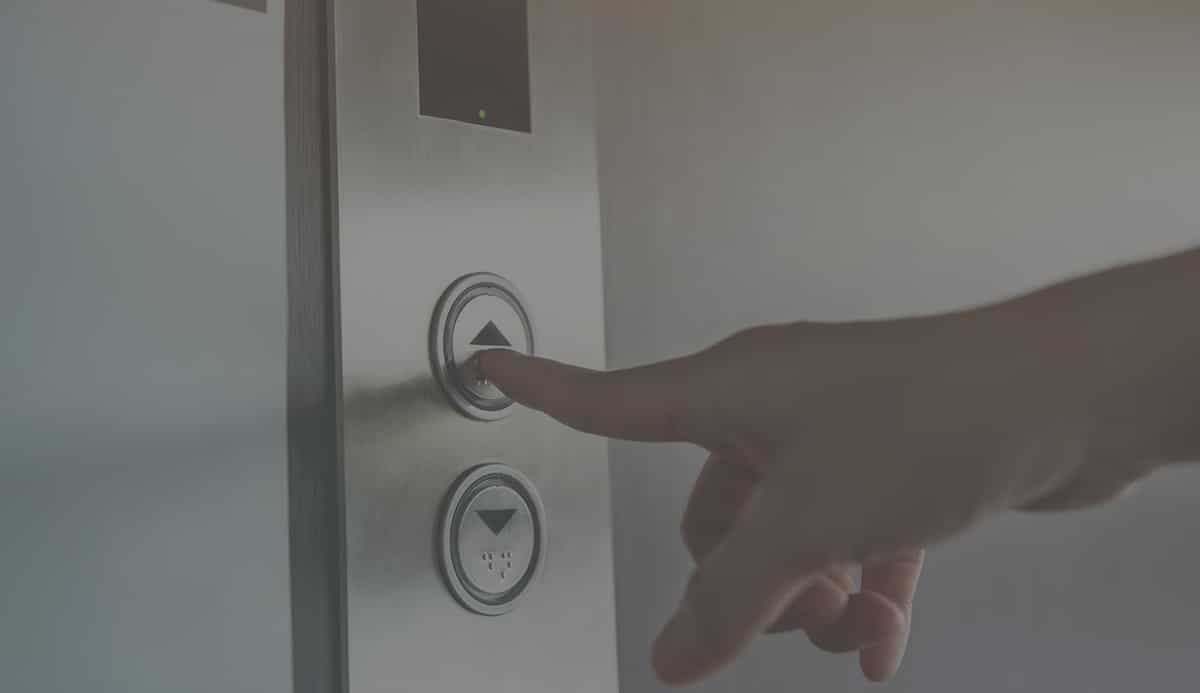CECA PRD has important information for those involved in home elevators.
by Catharine Bothwell and Brandy Hancock
The Private Residence Division (PRD), a member of the Canadian Elevator Contractors Association (CECA), was formed in 2016 to give members involved with home elevators a chance to discuss their unique requirements. The committee, chaired by Jamie Hamilton (Cambridge Elevating), has evolved since its inception but has always stayed true to its absolute commitment to safety while striving to raise awareness that an elevator is an essential part of every home.
One of the biggest hurdles in the private-residence segment of the industry is the lack of regulations and enforcement of codes applicable to private residences in Canada. To tackle this, Hamilton and the PRD committee, consisting of Don Sanchez (Garaventa Lift), Chris Gallant (Cambridge Elevator) and Chris Morrison (Morrison Risk Services and Adjusting Services, Ltd.) have worked to standardize private-residence elevators by extending the level of regulation and safety standards that shape the commercial elevator industry into the residential elevator field.
To encourage mechanic certification, PRD worked with the National Association of Elevator Contractors (NAEC) organization to update and add Canadian codes and standards to the NAEC Certified Accessibility and Private Residence Lift Technician (CAT education program).
The PRD standard will serve as the basis for contractors or individuals installing, testing and inspecting private-residence elevators. Some of the items covered in the standard include safety codes, contractor requirements, mechanic certification, continuing education, installation permits, acceptance tests and owner training and requirements. The standard can be found online at CECA’s PRD site, cecaprdregistry.com.
To encourage mechanic certification, PRD worked with the National Association of Elevator Contractors (NAEC) organization to update and add Canadian codes and standards to the NAEC Certified Accessibility and Private Residence Lift Technician (CAT™) education program. The program is now available for purchase through Elevator World’s online bookstore, elevatorbooks.com, and is ideal for new candidates enrolled in the PRD program.
In compliance with the standard, contractors initially register with the CECA website and then submit site-specific engineered drawings to receive an installation permit and unit identification label. The final process after the installation is to complete and submit an inspection checklist. Once receipt is verified, the permit will be marked as complete on a database.
Another important part of the standard is the Homeowner Elevator Safety Training course (available at cecaprdregistry.com), which is intended to provide guidance on proper use and maintenance of private-residence elevators to owners and users. The training course is free of charge and provides valuable information for the safe use of these devices. It can also establish a duty of care on the owner of the device, which is a vital missing component in claims involving such devices. Those who successfully complete the program will receive a certificate that is helpful in obtaining future home insurance discounts. You do not need to have a permit to take the course, but those who do can link their results to their unit identification.
The PRD strives to guide the residential elevator industry toward higher levels of safety and accountability. In December 2021, the organization hosted a webinar led by Chuck Gastle of the litigation firm Bennett Gastle Professional Corp. aimed at helping contractors understand risks and liabilities associated with private-residence elevators generally and the standard specifically. An article was made available in the December issue of Canadian Underwriter magazine (canadianunderwriter.ca) to highlight the risks of unregulated devices to the insurance industry. This article is a notice of the standard to the insurance industry.
The PRD strives to guide the residential elevator industry toward higher levels of safety and accountability.
CECA encourages all Canadian contractors who install or maintain private-residence elevators to take notice. The main goal is to increase safety for owners and users of these products, as well as for those who install and maintain them. It can also establish a legal framework for the contractor. A successful self-regulated program is possible when there is broad participation from the industry. For more information, you may contact the authors via email at [email protected] or [email protected].
Get more of Elevator World. Sign up for our free e-newsletter.










